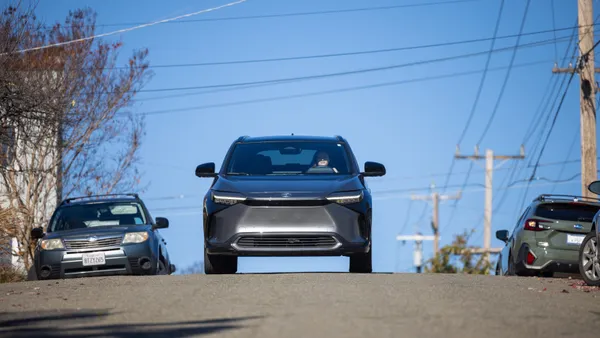Dive Brief:
- Overall data center vacancy rates for primary markets fell to a record low of 2.8% in the first half of 2024, from 3.3% in the year prior, with nearly 80% of more than 3.87 GW under construction in primary markets preleased, according to CBRE’s H1 2024 North America Data Center Trends report released Monday.
- While cloud providers continued to lease most of the available power capacity, artificial intelligence providers also accounted for a considerable amount of demand, CBRE says. Pricing continued to increase, but at a slower rate than last year, with a 7% bump in the average monthly asking rate for a 250- to 500-kW requirement across primary markets in the first half of 2024.
- As demand for high-power computing capability intensifies, a significant price gap has emerged between new data centers and legacy facilities, with many existing data centers lacking the infrastructure to support the demanding workloads required. Power availability remained a top consideration in data center site selection as well, CBRE says.
Dive Insight:
In the first half of 2024, supply in primary markets increased 10% year over year, or 515 MW, and by 24%, or 1,100 MW, year over year according to the report. Although under-construction activity in primary markets scaled to a record high 3,872 MW — a 69% climb year over year — delays in construction completion persist due to a shortage of available power and longer lead times for electrical infrastructure, CBRE says.
Atlanta saw a 76% year-over-year increase in under-construction activity, reaching 1,289.1 MW, and led all primary markets with a 26% year-over-year increase in pricing due to strong demand for AI providers, the report says. Austin and San Antonio more than quadrupled under-construction activity year over year to 463.5 MW.
Rental rates are expected to continue rising in the second half of 2024 due to growing construction and equipment costs, as well as supply-and-demand dynamics, CBRE says. As AI requirements drive more demand, determining value for sites suitable for data center development has become more challenging due to the “physical, legal and timing aspects of various powered land opportunities,” according to its report.
Determining value for such sites requires an evaluation of grid infrastructure to assess how much power will reach the site and within what timeframe, CBRE says. Further, the scarcity of suitable sites has sparked bidding wars for the few that meet power and fiber requirements, the report notes.
CBRE says it expects fiber network growth to continue, however, following hyperscale development in tertiary markets, naming Mt. Pleasant, Wisconsin; Boise, Idaho; and Cheyenne, Wyoming as examples. Elective cooperatives, which cover 56% of U.S. landmass, are also accelerating their expansion into the broadband market as part of a broader strategy to enhance internet access and improve grid management.
“As of March 2024, more than 25% of U.S. electric co-ops have deployed broadband services by leveraging existing infrastructure, right-of-way and government grants and subsidies,” the report says.
As adoption and utilization and digital applications continue to fuel data center demand, markets in Northern Indiana, Idaho, Arkansas and Kansas will draw interest from hyperscalers due to land availability and power availability timelines, CBRE says.
Occupiers will be forced to prelease space between two and four years ahead of completion to meet their future data center requirements, with power delivery timelines expected to increase further in the second half of 2024 due to a shortage of readily available equipment, such as transformers, switches and generators. Difficulties in procuring critical equipment can result in power delivery delays of up to four years, CBRE says.
Interested in more facilities management news? Sign up for Facilities Dive’s newsletter today.
















